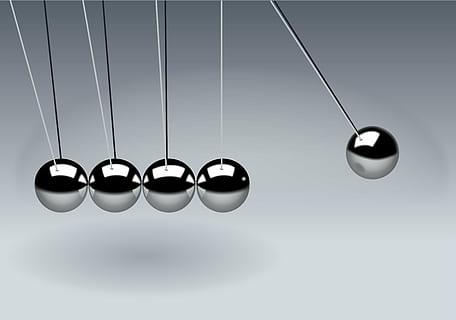
Transportation of the Future
What will the transportation of the future look like? What types of engineering or technology will vehicles feature? These Physics lessons explore both established and alternative forms of transportation and enable students to identify the advantages and disadvantages of different engineering technologies. A special focus on Newton's Laws of Motion as well as electrical, gravitational and magnetic forces is included in these lessons which culminate in students developing and creating a vehicle prototype and landscape.
Lesson Plan Link/URL
https://docs.google.com/presentation/d/17rpHQ9m5Qd3FeTgUgzcCtLlPVj2b4n3Tg9TnflH…Subject Area
Science Physical Science P3: Net Force P4: Energy Transfer Technology 1. Empowered Learner 3. Knowledge Constructor 4. Innovative Designer Engineering S2: Apply the Engineering Design Process S4: Apply Science to EngineeringRelated Content

This lesson will implement chain reactions and simple machines into a Rube Goldberg invention. Students will learn about the Rube Goldberg and his crazy inventions. They will then create their own

Understanding and studying energy transfer produced by molecules collisions can be difficult and abstract for them. To make it easier for them to visualize, creating a Newton's Cradle will help them

This multi-day activity is designed for introductory 5th grade STEM after school club. On Day 1, each student will build and test a simple straw rocket following the teacher’s instructions. Students